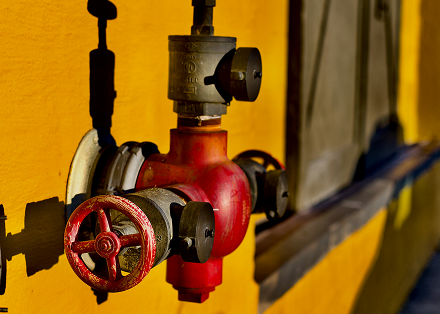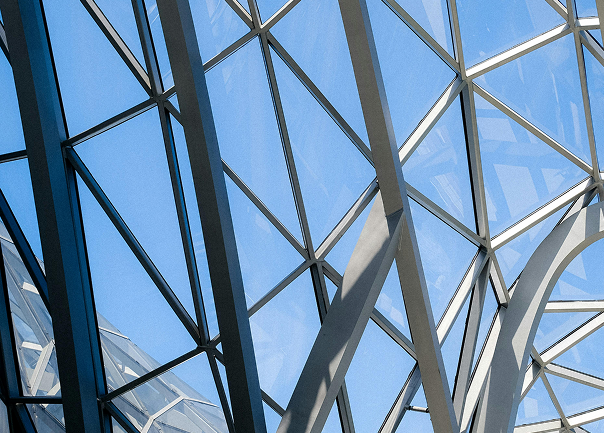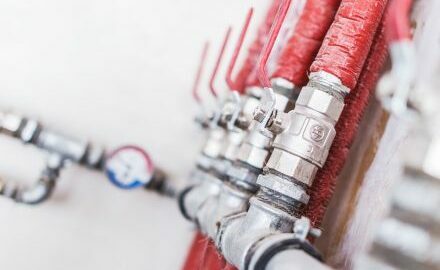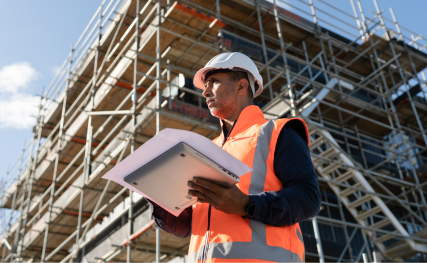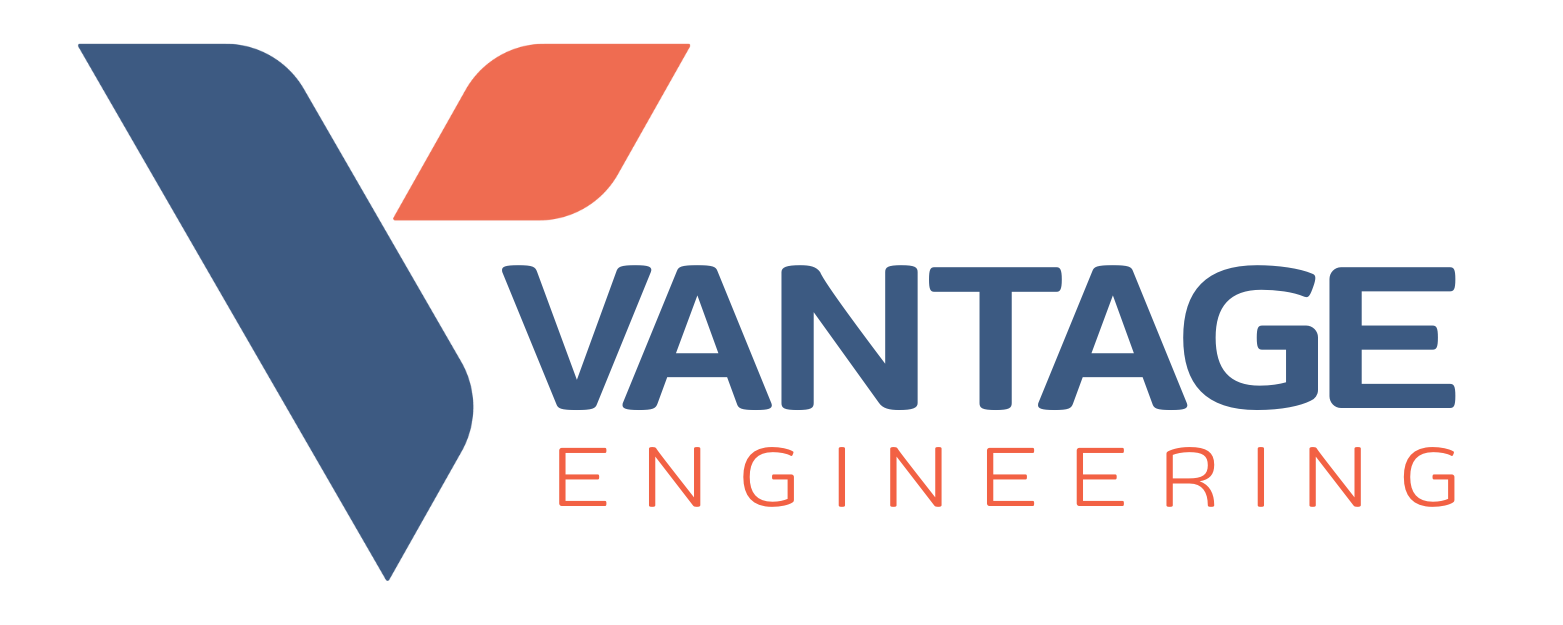As Australia faces intensifying heatwaves, prolonged bushfire seasons, and the urgent need to meet its Renewable Energy Target (RET) of 82% renewable electricity by 2030, innovative HVAC (Heating, Ventilation, and Air Conditioning) design has emerged as a linchpin for sustainable progress. Buildings account for over 50% of electricity use in Australian cities, with HVAC systems responsible for nearly half of that consumption. In a nation where temperatures regularly exceed 40°C and air quality is compromised by bushfire smoke, reimagining HVAC technology isn’t just about comfort—it’s about resilience, efficiency, and survival.
Why Australia Needs HVAC Innovation
Australia’s climate extremes demand systems that can adapt to both scorching summers and unpredictable weather patterns. Traditional HVAC systems, often reliant on fossil fuels and outdated designs, exacerbate energy grid strain during peak demand and contribute to 12% of the country’s carbon emissions.
Key challenges include:
- Bushfire Resilience: Poorly designed systems can draw in smoke and embers, endangering indoor air quality during fire events.
- Urban Heat Islands: Cities like Sydney and Melbourne suffer from heat retention due to inefficient cooling, raising local temperatures by up to 4°C.
- Energy Poverty: Rising electricity costs disproportionately impact vulnerable communities, making energy-efficient HVAC solutions a social equity issue.
Cutting-Edge HVAC Solutions for Australian Conditions
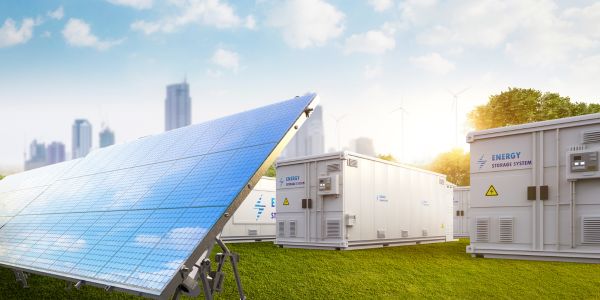
- Solar-Powered Hybrid Systems
With Australia leading the world in rooftop solar adoption (over 3 million installations), integrating solar PV with high-efficiency heat pumps slashes grid dependency. For example, Darwin’s tropical climate benefits from solar-assisted absorption chillers that reduce energy use by 40%. - Bushfire-Resilient Design
Systems compliant with AS 3959:2018 (construction in bushfire-prone areas) use ember-proof filters and sealed ductwork to prevent smoke ingress. Post-2019 Black Summer fires, retrofits in NSW rural homes incorporated HEPA filtration, improving indoor air quality during fire seasons. - Smart HVAC and AI Optimization
IoT-enabled systems, like those used in Melbourne’s Green Star-rated office towers, leverage weather forecasts and occupancy sensors to pre-cool buildings before heatwaves, reducing peak demand. AI algorithms can cut energy use by 30% while maintaining comfort. - Geothermal Ground-Source Heat Pumps
Ideal for regions like Adelaide with stable underground temperatures, these systems use the earth as a heat sink, achieving 50–60% higher efficiency than traditional air-source units. - Low-GWP Refrigerants
Transitioning to refrigerants with minimal global warming potential (GWP) aligns with Australia’s phasedown of HFCs under the Kigali Amendment, preventing thousands of tonnes of CO₂-equivalent emissions.
Case Studies: Australian Innovation in Action
- Barangaroo, Sydney: This precinct’s district cooling system uses harbour water for heat exchange, reducing energy consumption by 70% compared to conventional systems.
- Queensland University of Technology (QUT): Their IoT-driven HVAC retrofit, paired with solar, achieved a 6-Star NABERS rating and cut energy costs by $200,000 annually.
- Bushfire-Prone Rural Victoria: Homes equipped with solar-battery HVAC systems maintained cooling during grid outages, ensuring safety during catastrophic fire days.
The Path Forward
To meet Australia’s climate goals, stakeholders must:
- Retrofit legacy systems in commercial and residential buildings.
- Prioritize HVAC designs that integrate renewables and bushfire resilience.
- Advocate for stricter compliance with AS/NZS 5149 (refrigerant handling) to curb emissions.
Conclusion
In Australia’s battle against climate change, innovative HVAC design is a strategic ally—bridging safety, efficiency, and sustainability. By embracing solar integration, smart technologies, and bushfire-ready systems, we can cool our homes and cities without overheating the planet.



